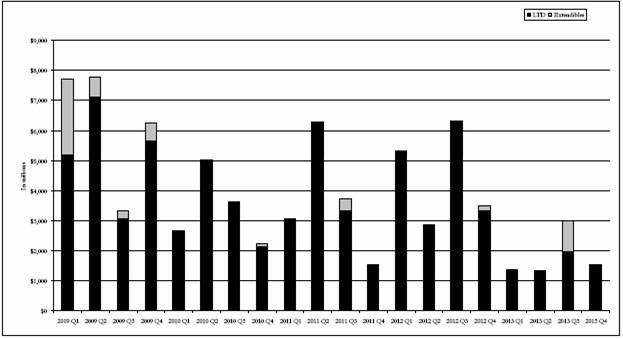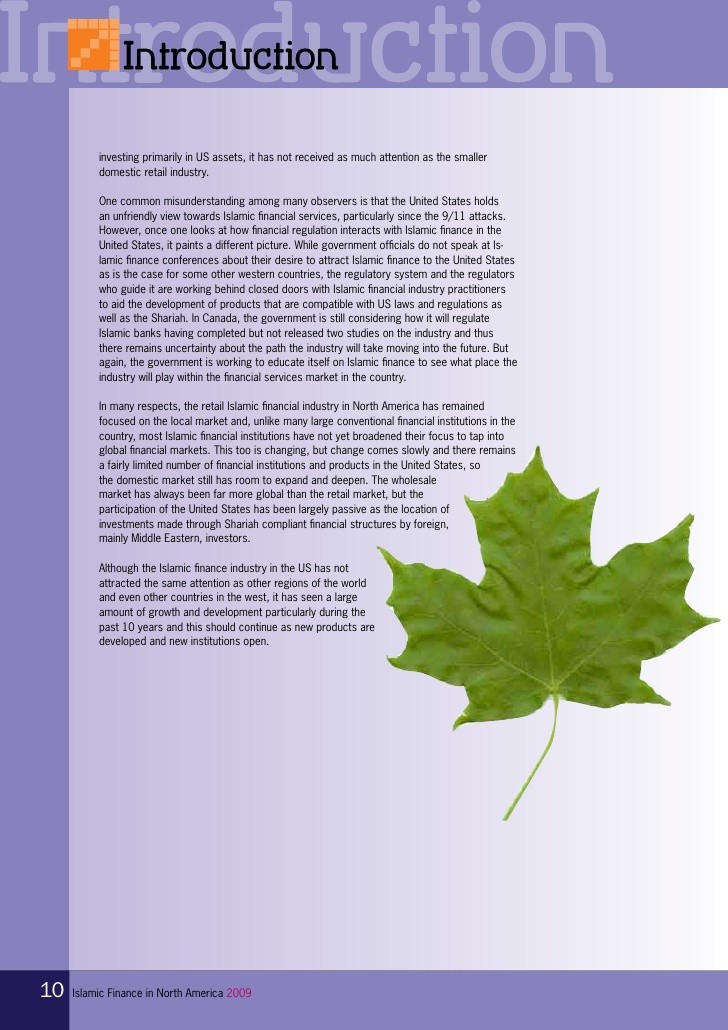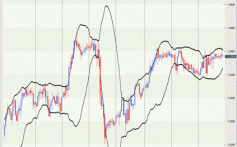SEC Issues New Relief For SelfIndexing ETFs Finance and Banking United States
Post on: 16 Март, 2015 No Comment

Newly issued exemptive orders loosen requirements for ETFs based on affiliated indexes.
The Securities and Exchange Commission (SEC) recently issued orders to three sponsors of exchange traded funds (ETFs) that, compared to prior exemptive orders issued to ETF sponsors, ease the requirements for self-indexing or affiliated index ETFs. 1 The terms self-indexing ETF and affiliated index ETF are commonly used to describe an ETF that is based on an underlying index developed and owned by an affiliated person of the ETF, the ETFs investment adviser, or the ETFs distributor. 2 The Orders permit the subject ETFs and their underlying indexes to operate more flexibly than existing self-indexing ETFs. Unlike prior exemptive orders governing the operation of self-indexing ETFs, the Orders do not attempt to address potential conflicts of interest among the ETF, its investment adviser, and the affiliated index provider by requiring, among other things, public disclosure of the underlying index methodology, the use of a third-party index calculation agent, or formal firewall procedures. Instead, the Orders simply require each self-indexing ETF to post its daily portfolio holdings on its website. The Orders rely primarily on the daily portfolio transparency of the ETF holdings to address any potential conflicts of interest.
The absence of these requirements in the Orders will allow the subject ETFs (and any other ETFs that obtain similar orders in the future) to operate in a substantially similar manner as ETFs based on unaffiliated, third-party indexes. In addition, these changes could also help reduce the costs of operating ETFs and affiliated underlying indexes. It is therefore expected that some sponsors of index-based ETFs will seek similar orders from the SEC and that the changes reflected in the Orders will contribute to two important trends in the ETF industry. The first is a continued move by some ETF sponsors toward self-indexing and away from established, third-party indexes. The second is price competition among certain categories of index-based ETFs. The leveling of the requirements applicable to third-party and affiliated index ETFs, and the potential for cost savings from the self-indexing ETF model, is likely to make the self-indexing model more attractive for certain ETF sponsors and further drive these two trends.
Conditions for Relief Differ from Prior Self-Indexing Orders
Compared to prior grants of self-indexing relief to several ETF sponsors (the Prior Self-Indexing Orders), 3 the new Orders subject applicants to markedly different—and less strict—conditions.
In the Prior Self-Indexing Orders, the SEC noted the potential for conflicts of interest among the ETF, the ETFs investment adviser, and the affiliated index provider. The Prior Self-Indexing Orders reflect the SECs concerns that an ETFs adviser or affiliated index provider could potentially manipulate the ETF or its underlying index. They also reflect concerns about potential conflicts arising from the personal trading activity of employees of the adviser, the index provider, and other affiliated persons.
In order to mitigate these potential conflicts, the Prior Self-Indexing Orders impose specific requirements on each self-indexing ETF, its affiliated persons, and its underlying index that are not imposed on ETFs based on third-party indexes. For example, the Prior Self-Indexing Orders require the underlying indexes to be rules based and fully transparent. Although the specific wording in the Prior Self-Indexing Orders varies, in general, the orders require the methodology governing such indexes to be publicly available at no charge, changes to such methodology to be made upon at least 60 days public notice, and index components to be publicly disclosed on a daily basis. 4 The Prior Self-Indexing Orders also require use of an independent, third-party calculation agent (Independent Calculation Agent) to implement, calculate, and maintain the underlying index. Furthermore, the Prior Self-Indexing Orders prohibit index personnel from having any responsibility for management of a self-indexed ETF and set forth specific firewall procedures.
New Relief Provides Greater Flexibility for Self-Indexing Funds
The Orders provide more flexibility to self-indexing ETFs and permit affiliated indexes to be operated in essentially the same manner as independent, third-party indexes. While the SEC continues to require the investment adviser and affiliated index provider to be separate entities, many of the other requirements of the Prior Self-Indexing Orders have been eliminated. Among other things, the Orders do not require each underlying index to be rules based and do not require the underlying index methodology and index components to be made publicly available. The Orders also do not require that changes to the index methodology be disclosed at least 60 days prior to implementation, that an Independent Calculation Agent be used, or that specific firewall procedures be in place.
Instead, the Orders rely primarily on the daily transparency of the ETFs portfolio holdings to address potential conflicts of interest. Specifically, the Orders require each self-indexing ETF to post on its website every business day before the commencement of trading the identities and quantities of portfolio securities and other assets that will form the basis for the calculation of its net asset value (NAV) at the end of the business day. These requirements are identical to the website disclosure requirements applicable to actively managed ETFs. 5 In this manner, the portfolio of each self-indexing ETF will be equally as transparent as the portfolios of actively managed ETFs and the level of transparency with respect to each underlying affiliated index will be equivalent to the level of transparency required of third-party indexes.
Although the Orders do not include the express firewall requirements of the Prior Self-Indexing Orders, they nonetheless require ETF advisers to adopt written policies and procedures pursuant to Rule 206(4)-7 under the Investment Advisers Act of 1940 (Advisers Act), including policies and procedures reasonably designed to minimize conflicts of interest. Also, as with other ETF orders, the Orders require advisers to adopt policies and procedures pursuant to section 204A and Rule 204A-1 under the Advisers Act and Rule 17j-1 under the Investment Company Act of 1940. The Orders do not, however, mandate any specific policies or procedures.
Implications
For the reasons noted herein, it is expected that some sponsors of index-based ETFs will seek similar orders from the SEC and that the changes reflected in the Orders will contribute to the two ETF industry trends mentioned in the opening paragraphs of this LawFlash. In the first instance, it is likely that more ETF managers will move to a self-indexing model. In recent years, several ETF sponsors have filed requests with the SEC for exemptive relief to operate self-indexed ETFs or have benchmarked their products to newer and less-established indexes. This trend is expected to continue as ETF sponsors attempt to differentiate their products from competitors, particularly with respect to alternative indexes and alternative asset classes. Price competition among certain categories of index-based ETFs is also likely to continue. The potentially lower costs associated with a self-indexing business model could help some ETF sponsors maintain higher margins while charging lower fees. This could provide a valuable edge for sponsors competing for market share among price-sensitive products. Another potential outgrowth of the Orders could be increased index and product innovation among ETF providers. For example, since the Orders do not require transparency of the underlying index methodology, ETF sponsors and index providers may be more willing to develop index methodologies and ETFs based on proprietary, nonpublic strategies.
ETF sponsors, including those that already have relief to operate self-indexing ETFs, should consider whether it is appropriate to request new or modified exemptive relief consistent with the Orders. In making this determination, sponsors should consider, among other things, the types of index products they intend to offer and their operational requirements in light of the representations and conditions of the Orders.
1. Guggenheim Funds Investment Advisors, LLC, et al. Investment Company Act Release Nos. 30560 (June 14, 2013) (notice) and 30598 (July 10, 2013) (order); Sigma Investment Advisors, LLC, et al. Investment Company Act Release Nos. 30559 (June 14, 2013) (notice) and 30597 (July 10, 2013) (order); and Transparent Value Trust, et al. Investment Company Act Release Nos. 30558 (June 14, 2013) (notice) and 30596 (July 10, 2013) (order) (each, an Order, and together, the Orders).

2. For example, recent self-indexing applications have included the following language: A Self-Indexing Fund is a Fund for which an Affiliated Person, or a Second-Tier Affiliate, of the Trust or a Fund, of the Adviser, of any Sub-Adviser to or promoter of a Fund, or of the Distributor (each, an Affiliated Index Provider) will serve as the Index Provider. In the case of Self-Indexing Funds, an Affiliated Index Provider will create a proprietary, rules-based methodology to create Underlying Indexes (each an Affiliated Index).
3. The first such order was granted in 2006 to WisdomTree Investments, Inc. See WisdomTree Investments, Inc. et al. Investment Company Act Release Nos. 27324 (May 18, 2006) (notice) and 27391 (June 12, 2006) (order). See, e.g. Van Eck Associates Corp. et al. Investment Company Act Release Nos. 29455 (Oct. 1, 2010) (notice) and 29490 (Oct. 26, 2010) (order); Fidelity Commonwealth Trust, et al. Investment Company Act Release Nos. 30341 (Jan. 7, 2013) (notice) and 30375 (Feb. 1, 2013) (order).
4. For example, recent self-indexing applications have included the following language: The Affiliated Indexes will be transparent, meaning that (i) both the Rules Based Process and the composition of each Affiliated Index will be freely available to the public, (ii) any change to the Rules Based Process will be announced at least sixty (60) days prior to becoming effective, (iii) any changes to constituents of and weightings of each Affiliated Index will be announced at least two (2) days prior to the Reconstitution Date and the Rebalance Date (as both such terms are defined herein) and (iv) all such changes will be made freely available to the public as well.
5. SEC orders for actively managed ETFs can be found on the SECs website here .
This article is provided as a general informational service and it should not be construed as imparting legal advice on any specific matter.
To print this article, all you need is to be registered on Mondaq.com.
Click to Login as an existing user or Register so you can print this article.














